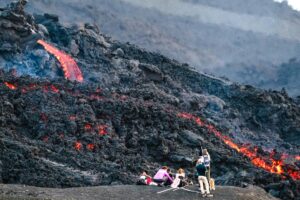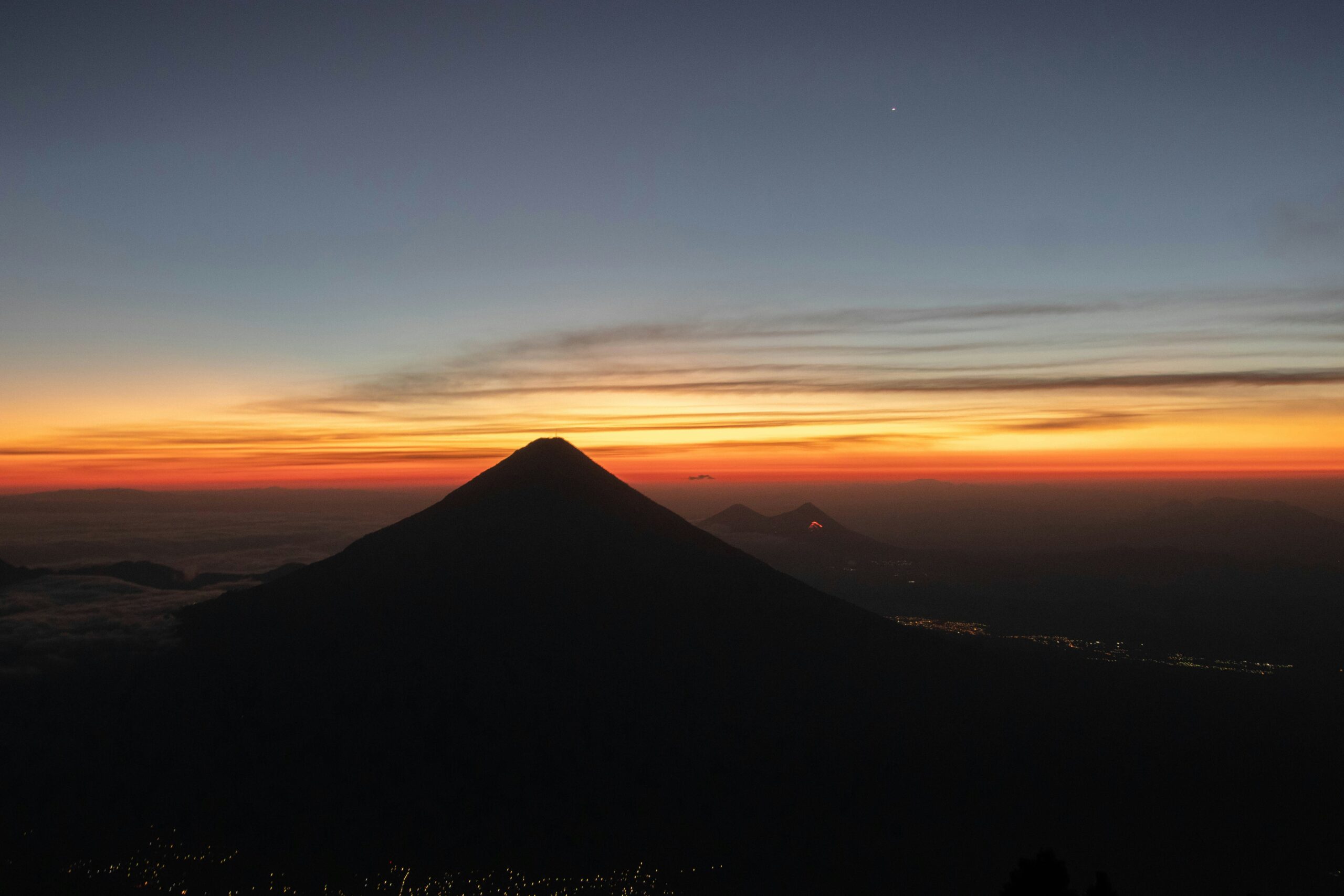
Acatenango Volcano Eruption History: Exploring the Past
Volcán Acatenango, towering over the Guatemalan landscape, has a rich history of eruptions. Situated near Antigua Guatemala, this stratovolcano is one of the most prominent features of the country’s skyline. Over the centuries, it has unleashed its power numerous times. It leaves a significant mark on the surrounding environment and the people who call this region home.
Acatenango’s Fiery Past
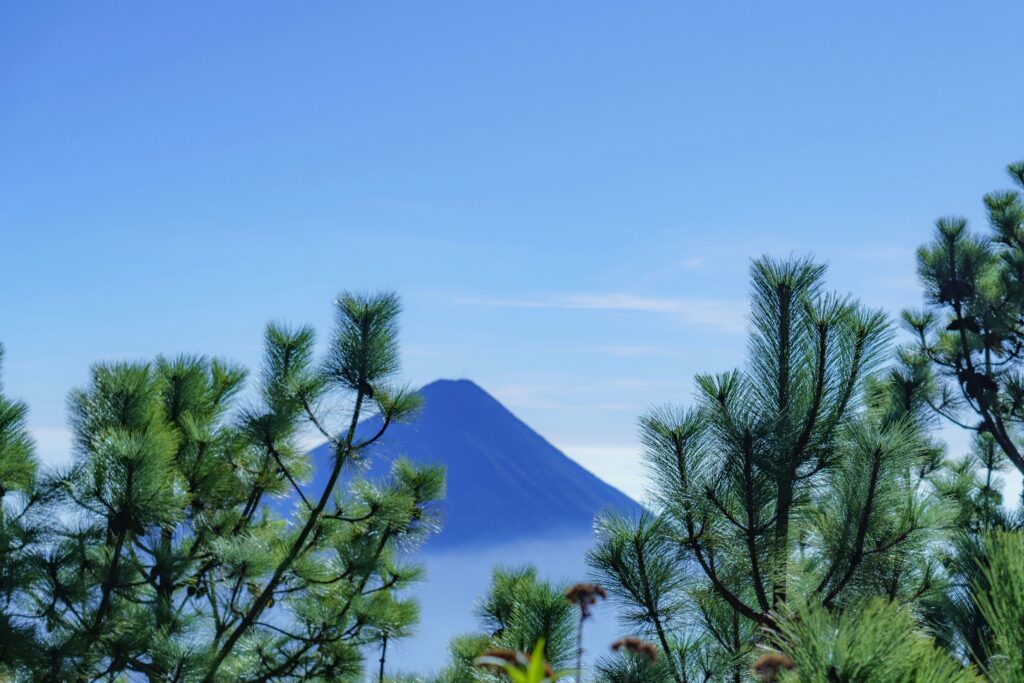
Volcán Acatenango, standing proudly as part of the Central American Volcanic Arc, is a testament to the geological forces that shape our planet. This volcanic chain, stretching from Guatemala to Panama, is a vivid reminder of Earth’s constant transformation. Rising to an impressive height of 3,976 meters (13,045 feet) above sea level, Volcán Acatenango is the third-highest peak in Central America. Its majestic presence dominates the landscape.
However, its height is not the only thing that makes Volcán Acatenango remarkable. It is part of a larger volcanic complex that includes Volcán de Fuego. An active stratovolcano located to its immediate south. This complex relationship between the two volcanoes has had a profound impact on the region’s geological and ecological history.
The history of Volcán Acatenango is marked by eruptions and volcanic activity that have shaped the surrounding landscape over thousands of years. Its fiery past has left behind a legacy of ash and lava flows that have both devastated and enriched the land. Volcán Acatenango’s eruptions have played a crucial role in shaping the geography of Guatemala. It creates fertile soils that support lush forests and agricultural lands.
A Timeline of Eruptions
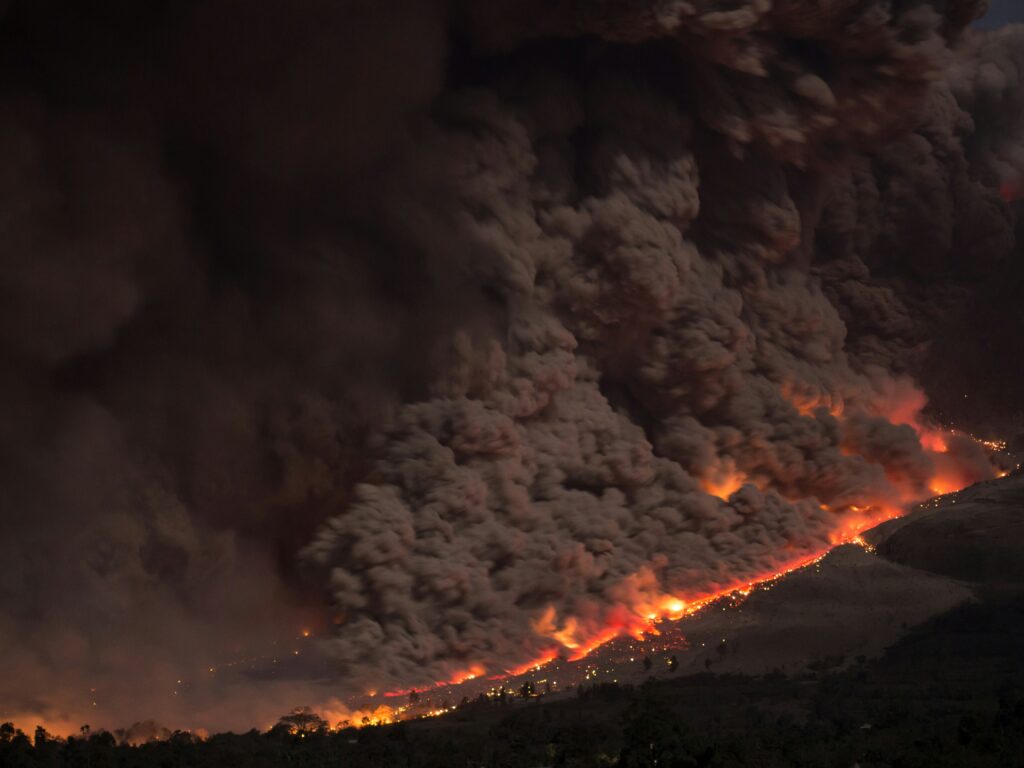
Acatenango volcano, nestled in Guatemala, has a tumultuous history of eruptions spanning both the prehistoric era and recorded time.
- In prehistoric times, Acatenango erupted explosively. It sculpted the landscape with widespread fall deposits, scorching pyroclastic flows, and rivers of molten lava. Over the past 80,000 years, numerous eruptions have emanated from vents scattered across the massif. It leaves behind a legacy of destruction and renewal.
- The most recent explosive eruptions left their mark approximately 1,900 years ago at Pico Mayor. 2,300 years ago also at Pico Mayor, and around 5,000 years ago at Yepocapa.
These events unleashed their fury, reshaping the terrain and leaving behind a reminder of the volcano’s unpredictable nature. However, the only documented eruptions in modern history occurred within the 20th century.
- Between 1924 and 1927, eruptions originating just north of the summit peak (Pico Mayor) sent shockwaves through the region.
- Then, in December 1972, the volcano rumbled to life once more. This time from the saddle between Yepocapa and Pico Mayor.
These phreatic explosions launched volcanic bombs, which rained down near the summit craters, and dispersed fine volcanic ash up to 25 kilometers away.
Despite the relatively quiet period since the 1972 eruption, the potential for future eruptions looms large. Acatenango serves as a stark reminder of the volatile forces that shape our world. It commands both respect and vigilance from those who inhabit its shadow.
The volcano’s eruptive history underscores the importance of continued monitoring and research to better understand its behavior and potential hazards to surrounding communities.
Impact on the Surrounding Area
The eruptions of Volcán Acatenango have had a significant impact on the surrounding area. The volcanic ash and lava flows produced by these eruptions have altered the landscape. It creates new landforms and shapes the environment in profound ways. In addition to the immediate physical damage caused by the eruptions, the volcanic activity has also had long-term effects on the region’s ecosystem and economy.
Monitoring and Preparedness
Given its history of eruptions, Volcán Acatenango is closely monitored by scientists and researchers. The volcano is equipped with a network of seismometers and other monitoring equipment to detect any signs of increased activity. In addition, local authorities have developed evacuation plans and other emergency preparedness measures to ensure the safety of nearby communities in the event of a major eruption.
Tourism and Recreation
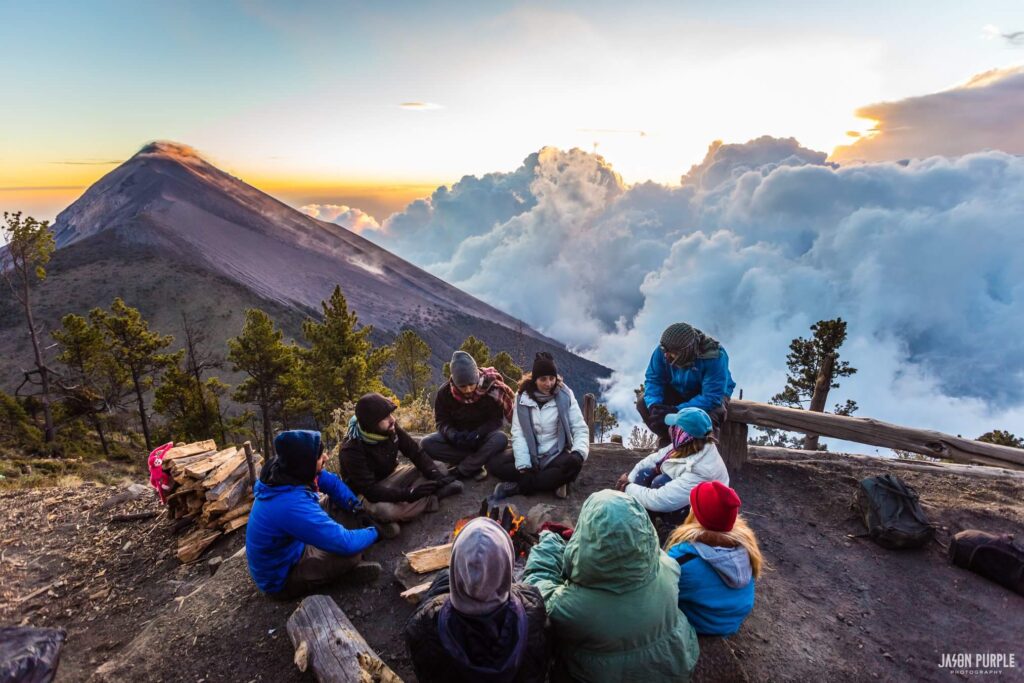
Despite its history of eruptions, Volcán Acatenango is a popular destination for hikers and outdoor enthusiasts. The volcano offers stunning views of the surrounding landscape, including the nearby Volcán de Fuego. Hiking to the summit of Acatenango is a challenging but rewarding experience. It provides visitors with an opportunity to witness the power and beauty of one of Guatemala’s most iconic landmarks.
Standing at 3,976 meters (13,045 feet) above sea level, Volcán Acatenango is the third-highest peak in Guatemala and is part of the Sierra Madre mountain range. Its close proximity to the active Volcán de Fuego adds to its allure, as visitors can often witness eruptions from a safe distance.
One of the highlights of the hike is camping overnight on the slopes of Acatenango. As the sun sets, hikers are treated to breathtaking views of Volcán de Fuego as it spews lava into the night sky. The experience of sleeping under the stars with the rumble of the nearby volcano in the background is truly unforgettable.
For those looking to experience the beauty of Volcán Acatenango without the strenuous hike, there are several tour companies in the nearby town of Antigua that offer guided hikes to the summit. One such reputable tour operator is Tropicana. Tropicana is known for its expertly guided tours that include transportation, meals, camping gear, and experienced guides who are knowledgeable about the area’s history and geology. Tropicana also offers accommodation options in Antigua Guatemala. They provide a convenient and comfortable base for travelers before and after their volcano adventure.
Whether you choose to hike independently or with a tour group, a trip to Volcán Acatenango is sure to be a highlight of any visit to Guatemala.
Conclusion
Volcán Acatenango is a powerful reminder of the dynamic forces that shape our planet. Its history of eruptions serves as a testament to the ongoing geological activity that occurs beneath the Earth’s surface. While the volcano’s unpredictable nature presents challenges for the people who live in its shadow, it also offers an opportunity for exploration and discovery. Whether hiking to the summit or simply admiring it from afar, Volcán Acatenango is sure to leave a lasting impression on all who encounter it.


 Previous Post
Previous Post Next Post
Next Post
